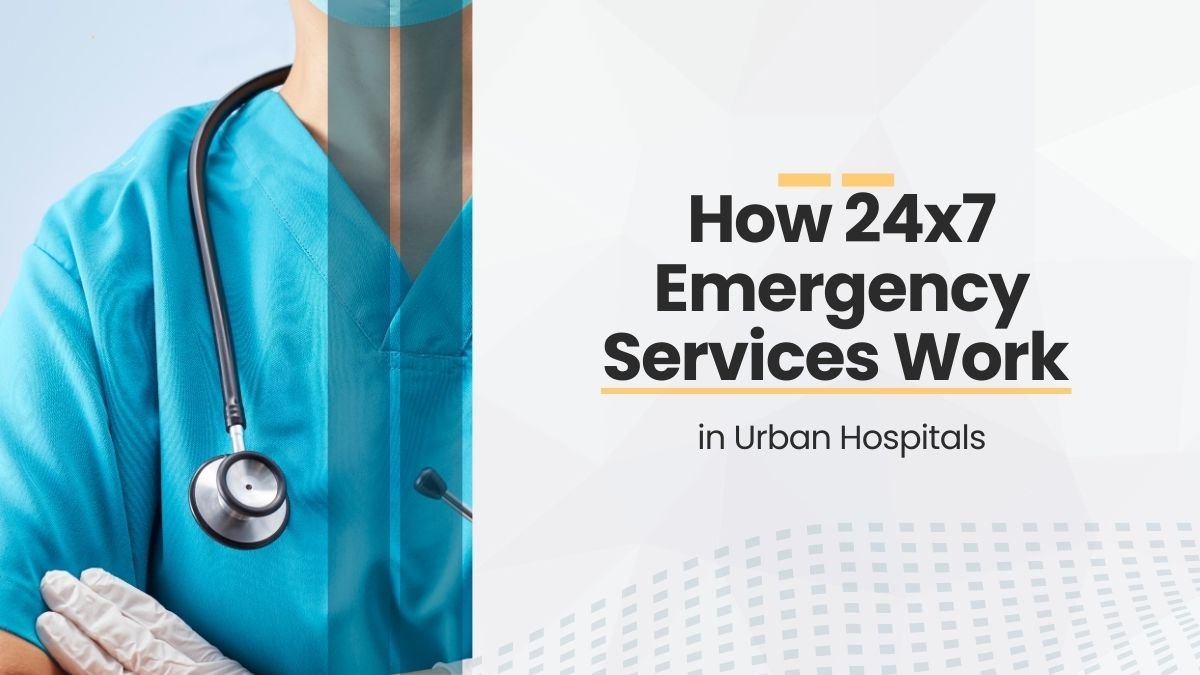Wearable health technology is revolutionizing hospital care – know how in simple language
Nowadays medical technology is progressing very fast. Treatment in hospitals has become better, faster and more convenient than before. Especially with the advent of wearable health devices, there has been a new revolution in patient care. Wearable devices are small gadgets that monitor the health of the patient. They are worn on the body—like smartwatches, fitness bands, heart monitors, blood pressure sensors, etc. Doctors keep getting information about the patient’s health in real time from these devices.
Let us understand in detail how this technology is improving treatment in hospitals and how it is benefiting patients.
1. Patient Monitoring Now in Real Time
What used to happen earlier? The nurse or doctor used to check the patient repeatedly. Only then it was known whether the BP has increased or the oxygen is decreasing. But now it is not so.
Now important data like the patient’s heartbeat, BP, body temperature and oxygen level are recorded every moment through wearable devices.
Example: If a patient’s oxygen level suddenly drops from 92 to 85%, the doctor gets an immediate alert. This allows the patient to get immediate treatment and prevent a serious condition from developing.
This type of continuous monitoring has helped a lot in cases of heart attack, stroke and respiratory problems.
2. Treatment became faster and more accurate due to data collection
Every wearable device collects a lot of information related to the patient’s health – such as heartbeat every minute, blood pressure fluctuations throughout the day, sleeping and waking habits, step count, etc.
This data is very valuable:
- This data can be directly added to the EHR (Electronic Health Record).
When doctors plan the treatment of the patient, these data help them decide which medicine should be given, when to increase or decrease the dose of the medicine.
Example: A diabetic patient has a fitness band that monitors both his activity and blood sugar level. By seeing this, the doctor understands at what time his sugar increases more and which exercise is beneficial.
With this, treatment can be done according to the patient, that is, completely personalized.
3. Remote Patient Management – Now treatment at home
During Covid, you must have seen that everyone was afraid of going to the hospital. But in case of serious illness, treatment is necessary. Then wearable technology played a very big role.
Now this is the new trend:
There is no need to admit the patient to the hospital.
The device worn on the patient’s body keeps giving information about his health to the doctor sitting at home.
If needed, medicine is sent through video call or at home.
Benefits of this:
- There is less crowd in the hospital
- Doctor’s time is saved
- The patient gets comfort because he is in a home environment
This method is very beneficial especially for the elderly, patients with cancer or chronic diseases.
4. Awareness and engagement is increasing among patients (Patient Engagement)
Nowadays people themselves are cautious about their health – and wearable devices are supporting them in this.
How?
- Fitness bands or health apps tell the patient that it is time for medicine
- Whether sleep has been completed or not, this is also tracked
- How many steps he walked daily, how was the heartbeat – all this is recorded
Example: A patient takes medicine for high BP. His smart band reminds him to take medicine at 8 am and 8 pm. After this he does not forget to take the medicine. His blood pressure report also reaches the doctor.
With this, the patient himself becomes a part of his health. This is called active health management.
5. There are also some challenges – which are important to understand
Data privacy and security
When we send so much personal health data online, there is a danger that a hacker may steal it.
A strong security system is necessary to keep health data safe.
Question of accuracy
Not every device is 100% accurate.
Sometimes the calibration of the machine can be wrong, due to which the report can come wrong.
Therefore, it is important to check such devices with clinical standards.
This is the reason why doctors always do their own examination along with wearable data.
6. Future prospects – Wearables are becoming even smarter
The era in which we are, technology is changing rapidly. In the coming times, wearable devices will become even more intelligent.
How?
- With the help of AI (Artificial Intelligence), these devices will be able to identify when the patient’s condition is deteriorating.
- These devices will understand the patient’s habits and also give him advice – like “You have drunk less water today” or “You did not get enough sleep yesterday, take rest today”.
Some research and trials are going on:
- Giving alert before heart attack
- Noticing shortness of breath before it starts
- Monitoring children’s growth
If these are successful, it will be a big revolution in the medical field.
Conclusion: Wearable Health Technology is the future of healthcare
Wearable Health Devices have shown that treatment is not limited to hospitals only. Now with the help of technology, every person can take responsibility for his own health, and doctors can also provide more accurate treatment.
Benefits of this technology:
- Doctor gets real time data
- Patients get timely treatment
- Pressure on hospitals is reduced
- Patients become aware Stops and discipline increases
- Treatment becomes more personal and effective
In the future, when wearables are connected to AI, IoT and Cloud technology, healthcare will become even smarter, faster and more affordable.









